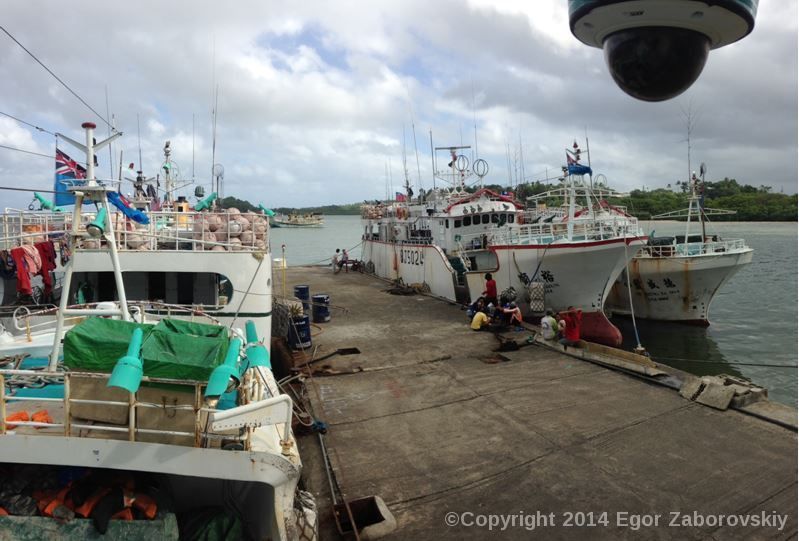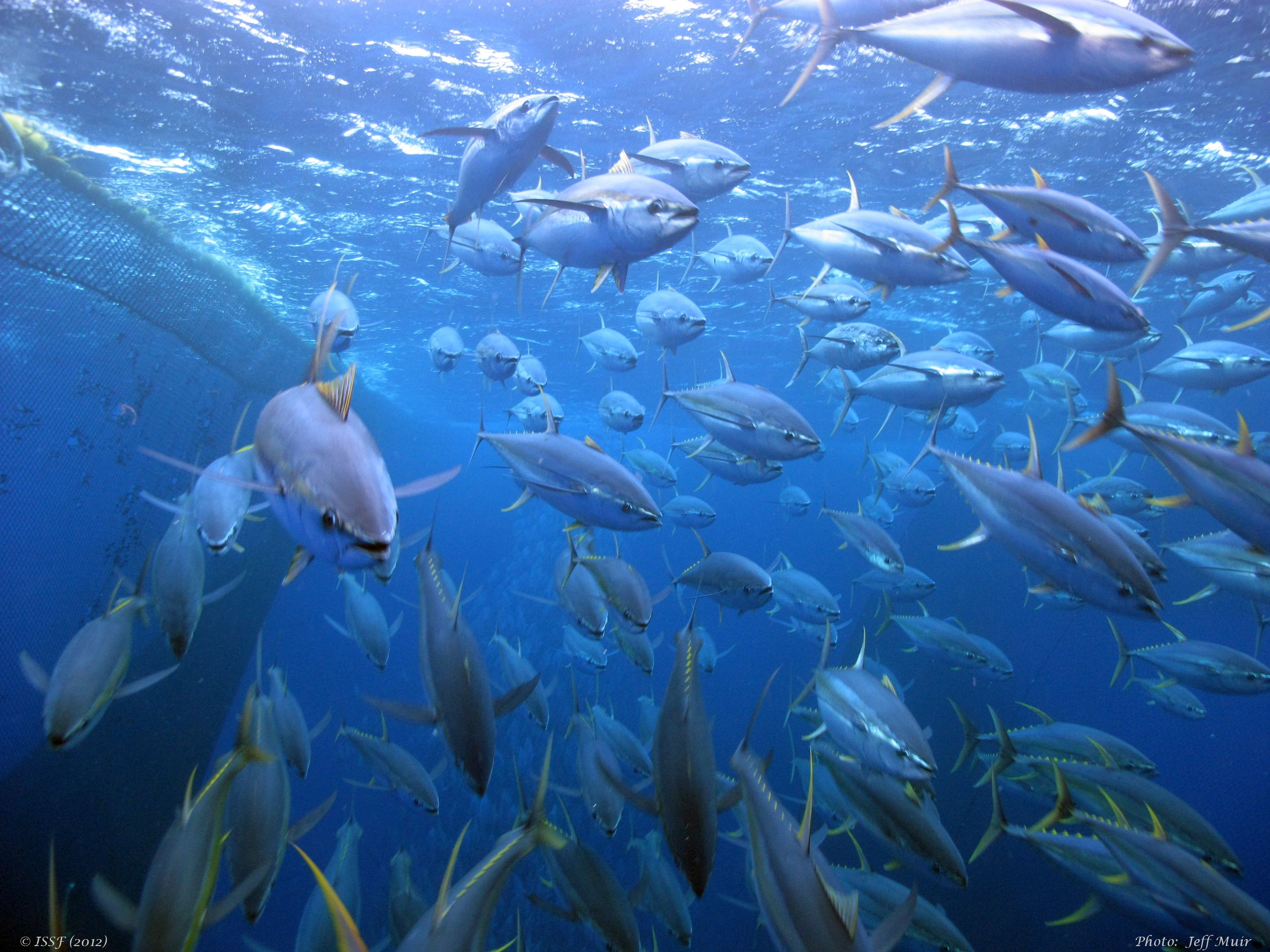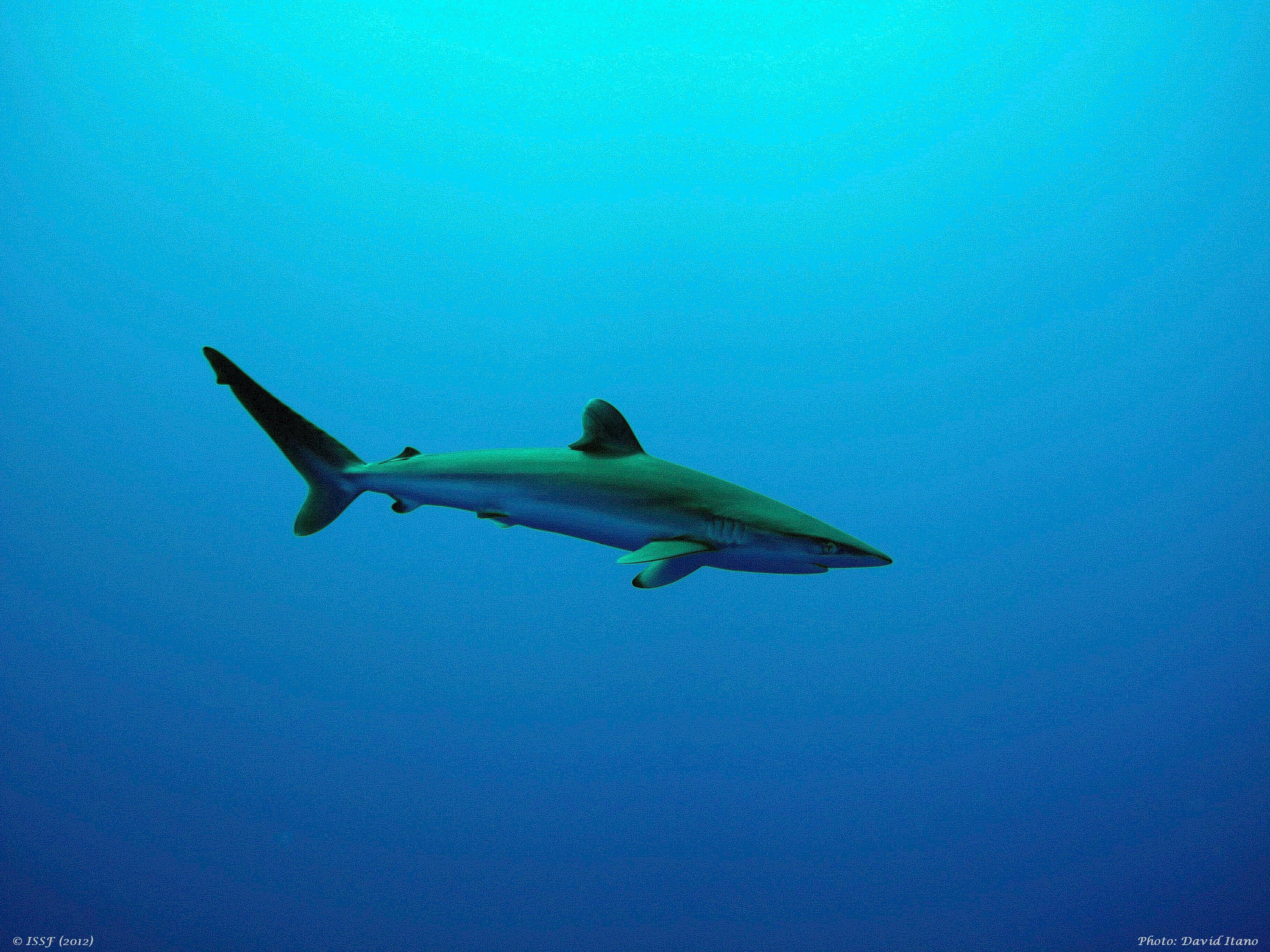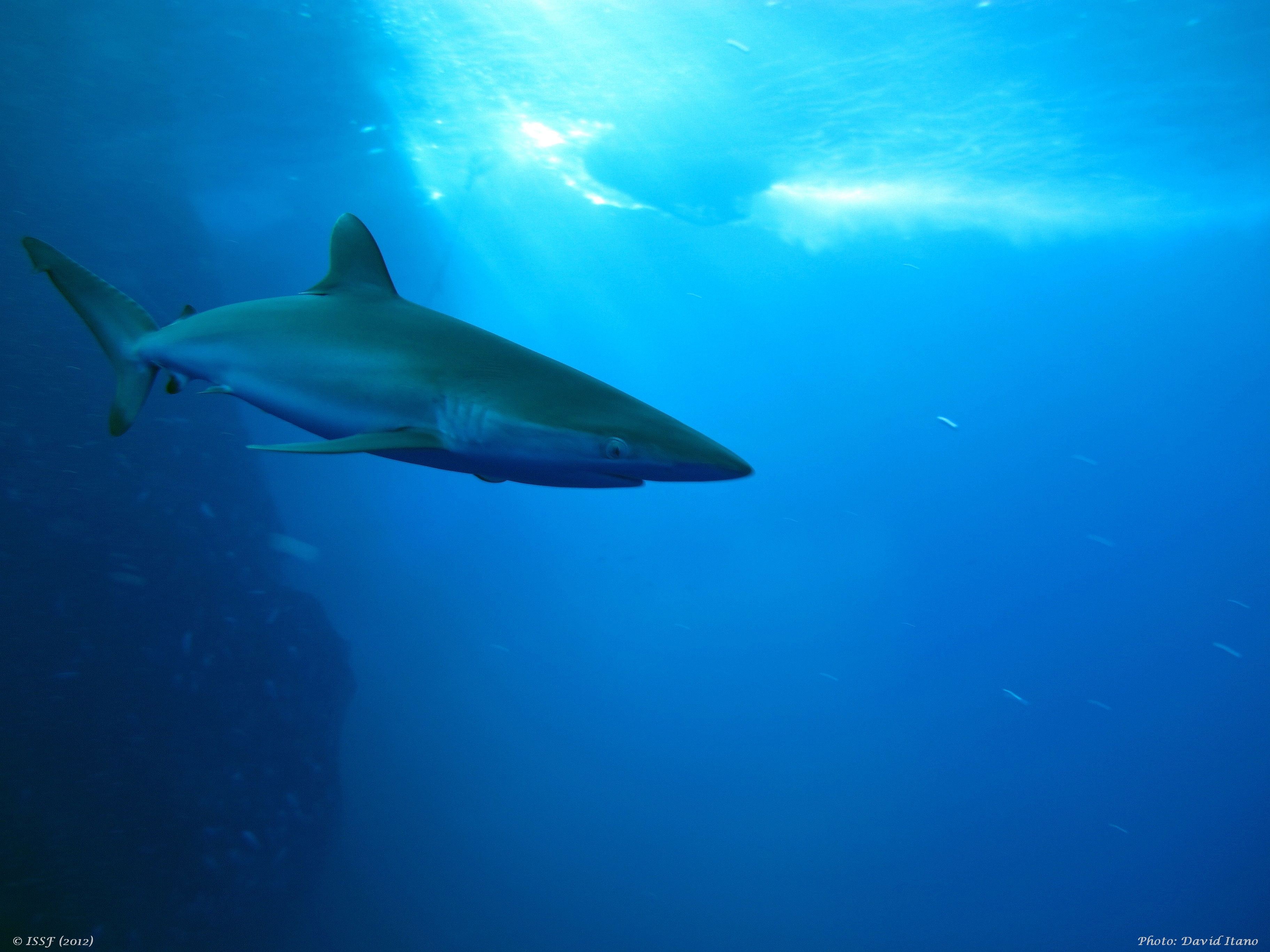Improved Monitoring, Reduced Fishing Pressure and Strengthened FAD Management Needed for Sustainable Eastern Pacific Ocean Tuna Fisheries
The International Seafood Sustainability Foundation (ISSF) released its position statement in for the 94th Meeting of the Inter-American Tropical Tuna Commission (IATTC) in Bilbao, Spain, from July 22-26, 2019.
“The Commission took some important steps last year, including the adoption of a technical definition for non-entangling FAD designs, a binding measure on safety at sea for human observers and to require International Maritime Organization (IMO) numbers on all fishing vessels greater than 12m,” said ISSF President Susan Jackson. “However there were many important issues left unresolved and these must be urgently addressed this year.”
Our position statement for #IATTC outlines priority topics for the Commission's meeting this week. Share on XAs top priorities, ISSF urges IATTC to:
- Develop a set of options to limit fishing pressure by the purse seine fleet, such as limiting fish aggregating device (FAD) deployments, further limiting the number of active FADs per vessel, and/or limiting the number of all set types.
- Strengthen FAD management through science-based measures, including a transition to FADs that do not use nets, and to encouraging the provision of echo-sounder data for scientific purposes.
- Fund knowledge-sharing, capacity-building and communication of scientific advice, including the establishment of a scientist-manager dialogue process and the development of harvest strategies for all key tuna species.
- Require 100% observer coverage (human or electronic) for longline vessels, small class purse seine vessels and all vessels engaged in at-sea transshipment within five years, and develop minimum electronic monitoring and reporting standards.
- Adopt measures to mitigate the incidental catch and maximize post-release survival of sharks, mobulid rays and sea turtles, and require all sharks be landed with fins naturally attached.
- Strengthen the IATTC compliance assessment process.
Access the full position statement to review detailed ISSF recommendations.
ISSF Global Priorities for Tuna RFMOs
ISSF is committed to advocating for science-based approaches, policies and conservation measures to advance tuna fisheries sustainability. The following are ISSF’s Global Priorities for Tuna Regional fisheries management organizations (RFMOs), specifically, the Indian Ocean Tuna Commission (IOTC), the Inter-American Tropical Tuna Commission (IATTC), the International Commission for the Conservation of Atlantic Tunas (ICCAT) and the Western and Central Pacific Fisheries Commission (WCPFC):
- Implementation of rigorous harvest strategies, including harvest control rules and reference points
- Effective management of fleet capacity, including developing mechanisms that support developing coastal state engagement in the fishery
- Science-based FAD management & non-entangling FAD designs
- Increased member compliance with all adopted measures adopted, and greater transparency of processes reviewing member compliance with measures
- Strengthened MCS measures and increased observer coverage, including through modern technologies such as electronic monitoring and e-reporting; and
- Adoption of best-practice bycatch mitigation and shark conservation and management measures






